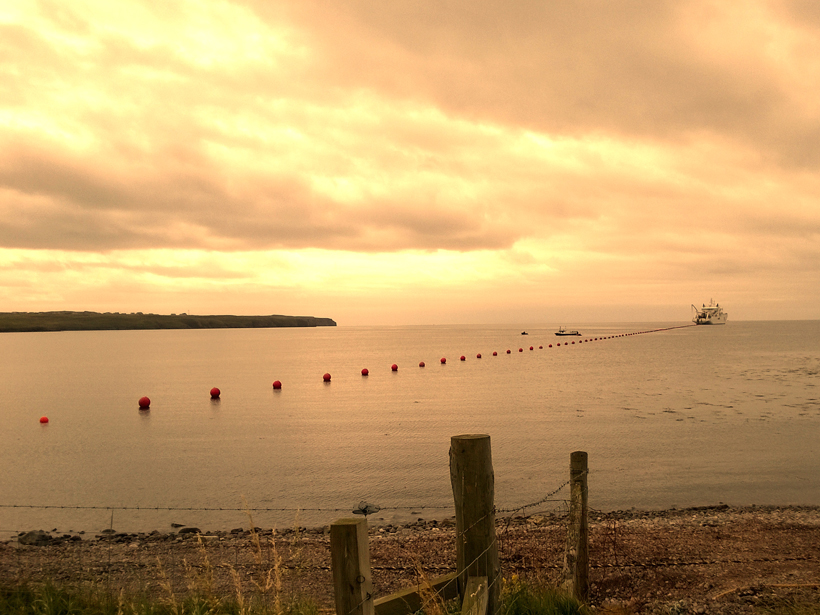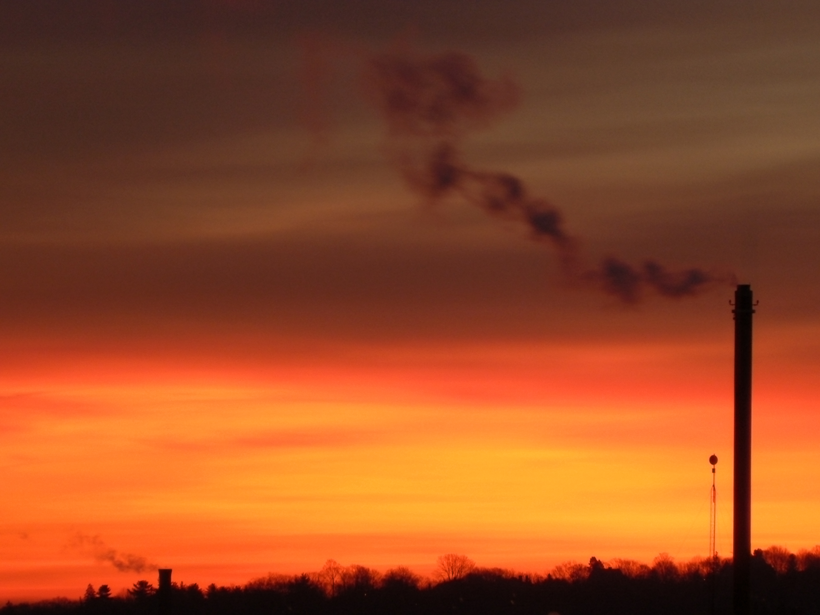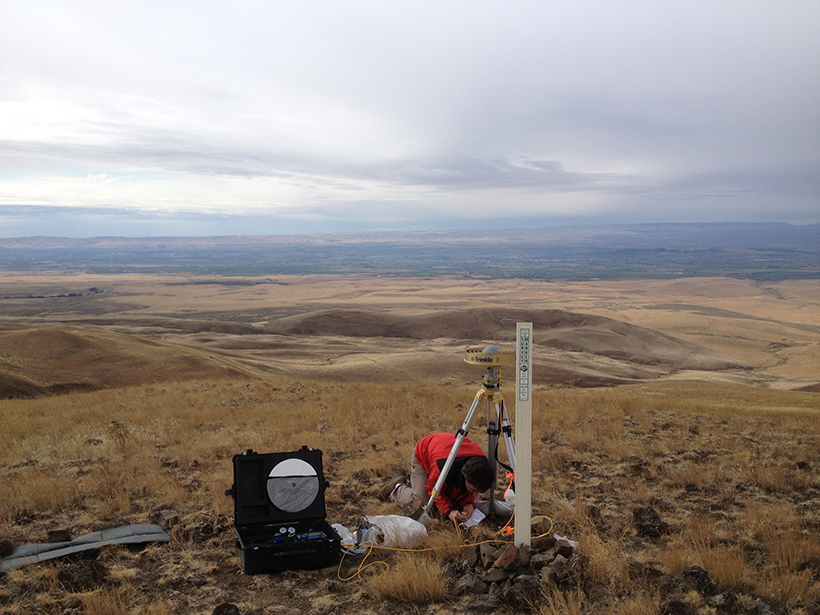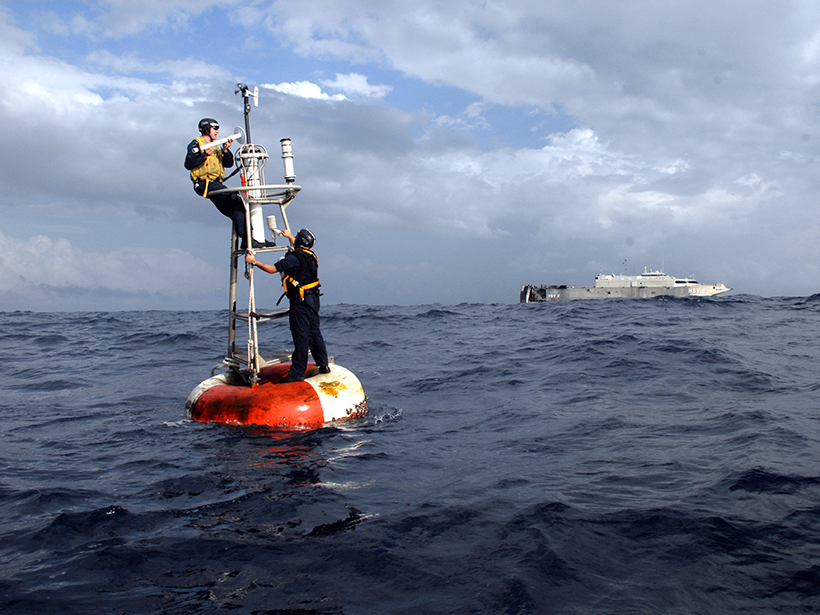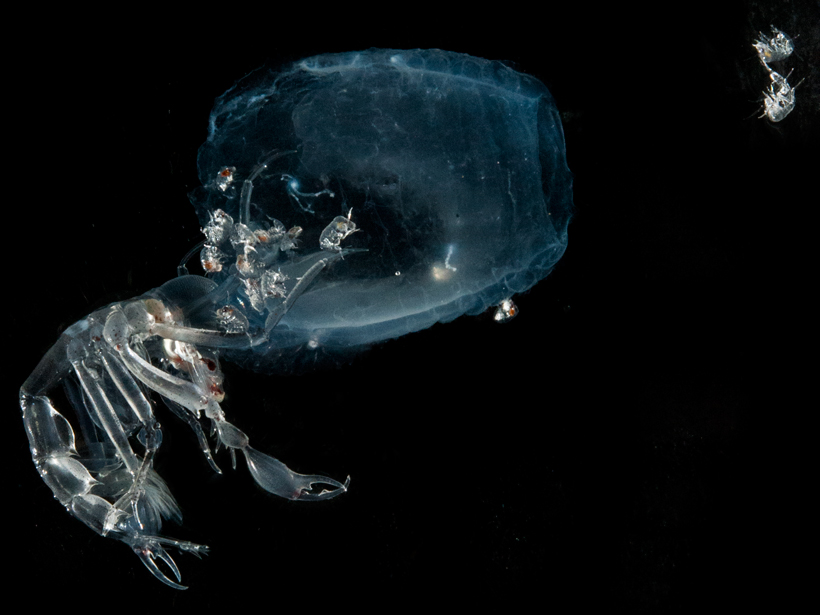Enhancements to the National Oceanic and Atmospheric Administration's decision support system give forecasters new capabilities for tracking smoke from fires using satellite data.
Science Updates
Volcanic Ash Particles Hold Clues to Their History and Effects
Volcanic Ash as an Active Agent in the Earth System (VA3): Combining Models and Experiments; Hamburg, Germany, 12–13 September 2016
New Data Buoys Watch Typhoons from Within the Storm
Advanced real-time data buoys have observed nine strong typhoons in the northwestern Pacific Ocean since 2015, providing high-resolution data and reducing the uncertainty of numerical model forecasts.
Commercial Underwater Cable Systems Could Reduce Disaster Impact
Workshop on SMART Cable Applications in Earthquake and Tsunami Science and Early Warning; Potsdam, Germany, 3–4 November 2016
How Will Earth Respond to Plans for Carbon Dioxide Removal?
First Workshop of the Carbon Dioxide Removal Model Intercomparison Project; Potsdam, Germany, 20–22 September 2016
Mars Polar Intrigue Spurs Multidisciplinary Collaboration
Sixth International Conference on Mars Polar Science and Exploration; Reykjavík, Iceland; 5–9 September 2016
Himalayan Climate Change Affects Regional, Global Environments
6th Third Pole Environment (TPE) Workshop; Columbus, Ohio, 16–18 May 2016
Using Strain Rates to Forecast Seismic Hazards
Workshop on Geodetic Modeling for Seismic Hazard; Menlo Park, California, 19 September 2016
Expanding a 300-Year Record of Marine Climate
Fourth International Workshop on the Advances in the Use of Historical Marine Climate Data; Southampton, UK, 18–22 July 2016
Early-Career Scientists Explore Newly Discovered Methane Seeps
UNOLS Deep Submergence Training Cruise 2016; Woods Hole, Massachusetts, 28 July to 7 August 2016




